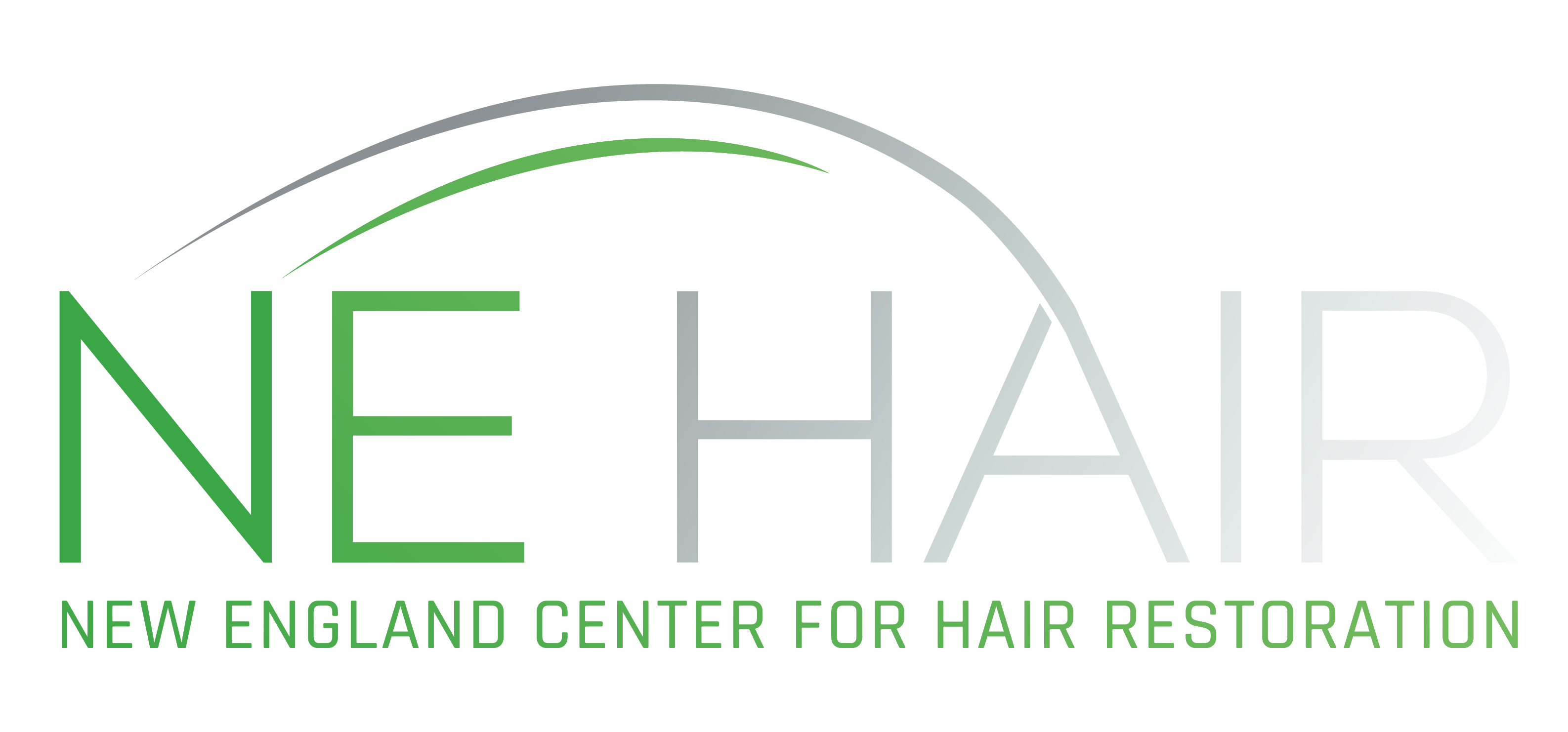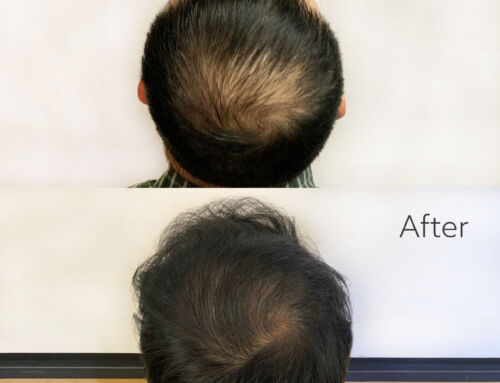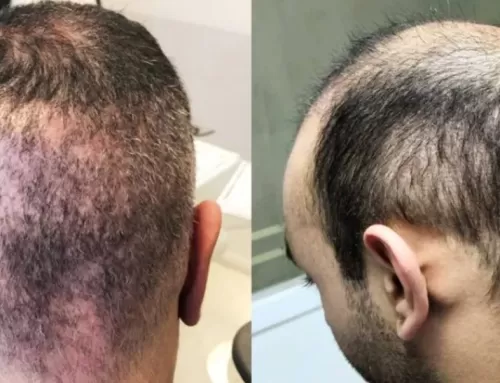Exfoliation removes dead skin cells thereby allowing lighter, brighter and more vibrant skin to grow. I am a big fan of exfoliation. Chemical peels do a fabulous job of exfoliation and so much more.
Remember, exfoliation can be physical; using a product with beads, microbeads or powder to clear away dead skin cells (commonly with the aid of a rotating pad), or chemical, where the chemical itself does the work.
Chemical peels are divided into three broad categories; Superficial (light), Medium and Deep. In addition to beautiful exfoliation, deeper peels are able to clear unwanted pigment, improve acne (and acne scarring) and remove fine lines and wrinkles.
Through penetration into the skin; through the epidermis (top layer) to the dermis (layer beneath epidermis) and beyond, deeper chemical peels can stimulate fibroblasts which improve the structure (collagen) and elasticity of the skin.
Have a realistic goal in mind
A chemical peel can bring many benefits to your skin, however will not reduce the appearance of blood vessels and typically is not going to give you immediate results. Peels have to be tailored to the individual and his/her skin type and medical history. The results come as your skin rejuvenates and heals. Though you will get results, many times repeated peels are needed. Also, deeper, more aggressive peels come with a much longer downtime.
The factors that determine the type and strength of the chemical peel depend on:
1.The chemical used
2.The percentage (strength) of the chemical
3.How long it is applied
4.The PH level attained (how acidic the peel is) A lower PH means a deeper chemical peel. If the PH is less than 2.5, it should be done by a doctor, nurse or aesthetician. Peels with a higher PH can be done in day spas, beauty salons or at home. Remember, a reduction of PH from 2 to 1 means the peel is 10 times more powerful.
Superficial/Light Chemical Peels
Dont be fooled into thinking that if you are receiving a superficial peel, that it need not be taken as seriously. With any chemical peel you are putting acid on the skin which, as we will discuss, carries potential for side effects and can not be used everyone. Superficial peels remove the top layer (epidermis) and it is here where your dead skin cells reside.
Commonly used ingredients: Alpha-Hydroxy-Acids (AHAs) like glycolic, lactic or citric acid and Beta-Hydroxy-Acids like salicylic acid.
Fruit enzymes from papaya, pineapple, pumpkin and cranberry can be used for light chemical peels as well. Tartaric (from grapes) and Malic (from apples and pears) are milder than glycolic. They remove dead cells, increase cell renewal while clearing oil (sebum).
Advantages:
1.Minimal down time, other than skin redness (erythema) which typically only lasts a few days.
2.Relatively non-painful other than some mild tingling and burning.
3.Safest Problems such as scarring, infection or pigment changes are quite uncommon.
Disadvantage: Multiple treatments are typically needed (6-10) to achieve desired results.
Results: reduces fine lines, wrinkles, mild hyperpigmentation, and improvement of acne scarring.
Medium Depth Chemical Peels
Medium depth peels penetrate further, removing the epidermis as well as some of the dermis. These peels are more painful and have a much longer down time. The skin may remain red for several weeks or longer until the skin is fully healed.
In many cases a light peel will be used before a medium depth peel to help the medium peel better absorb deeper into the dermis.
Commonly Used Ingredients: Trichloroacetic Acid (TCA), Jessners Peel (combination of resorcinol, salicylic acid and glycolic acid) or higher concentrations of glycolic acid (50%).
Advantages: More dramatic results in fewer treatments.
Disadvantages: More burning and stinging, face may remain swollen, pink, itchy with more peeling of skin for weeks or longer. As the pigment is cleared you may get brown patches on your skin.
Results: Helpful for clearing melasma or other unwanted pigment. Works well to reduce fine lines and wrinkles. Jessners peel does exceptionally well to help treat both acne and acne scarring.
Deep Chemical Peels
Deep peels do just that, they go deep; through the epidermis and dermis down to the subcutaneous (deepest) skin layer.
Ingredients in Deep peels; Phenol (carbolic acid), or high concentrations of Trichoroacetic Acid (TCA) to penetrate deep into the dermis
Advantages: excellent clearing of sun damage, scarring, fine lines and deep wrinkles with the fewest needed treatments.
Disadvantages; Painful, may take a month or longer for full recovery. Excessive redness, swelling, scabbing, itching and peeling are commonly present. Has the highest incidence of post-procedure pigment issues (dark or light) and scarring.
Results: Deep peels improve fine lines as well as deep wrinkles, scars, sun damage and pre-cancerous growths.
Relative strengths:
It is important to understand that the peel strength does not equate to how deep it will penetrate. For instance, 30% Glycolic is a light peel whereas 30% Trichloroacetic acid (TCA) is a deep peel.
A TCA of 10% and Glycolic of 30% are light peels
A TCA of 20% and Glycolic of 50% are medium peels
A TCA of 30% and Glycolic of 70% are deep peels
A Jessner Peel is typically a medium strength peel.
A word on skin types and safety:
Skin types are defined by what is well known in dermatology circles as the Fitzpatrick Scale
Type I Never tans, always burns (extremely fair skin)
Type II -Occasionally tans, usually burns (fair skin)
Type III Tans on average, sometimes burns (medium skin)
Type IV Usually tans, rarely burns (olive skin)
Type V Mostly tans, almost never burns (dark brown skin)
Type VI Never burns (black skin)
The best candidates for chemical peels are the light skin types 1, 2, and 3, which have less chance for such complications as hyper (dark spots) and hypo (light spots) pigmentation and scarring. Although skin types 5 and 6 are not ideal for chemical peels, they can be peeled using such superficial agents as salicylic acid or a low percentage glycolic acid such as 30%.
People with history of scarring (keloids), recent facial surgery, prior sensitivities to peels, auto-immune disorders, aspirin allergy, herpes, or are pregnant or nursing should not have chemical peels. A good doctor, nurse or aesthetician should do a thorough medical history before giving you a chemical peel of ANY strength.
Having even a mild peel will make your skin much more prone to burn, so please be sure to apply your SPF of 50 vs UVA and UVB in the days and weeks following your peel. Regardless of the goal you wished to achieve with your skin peel, leaving your skin unprotected after a peel will not only make your skin burn more easily, it will provide the perfect skin environment for development of sun spots.
Be well,
Dean M. Tomasello, MD







